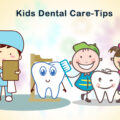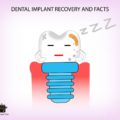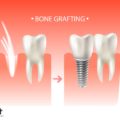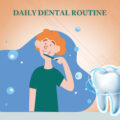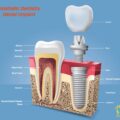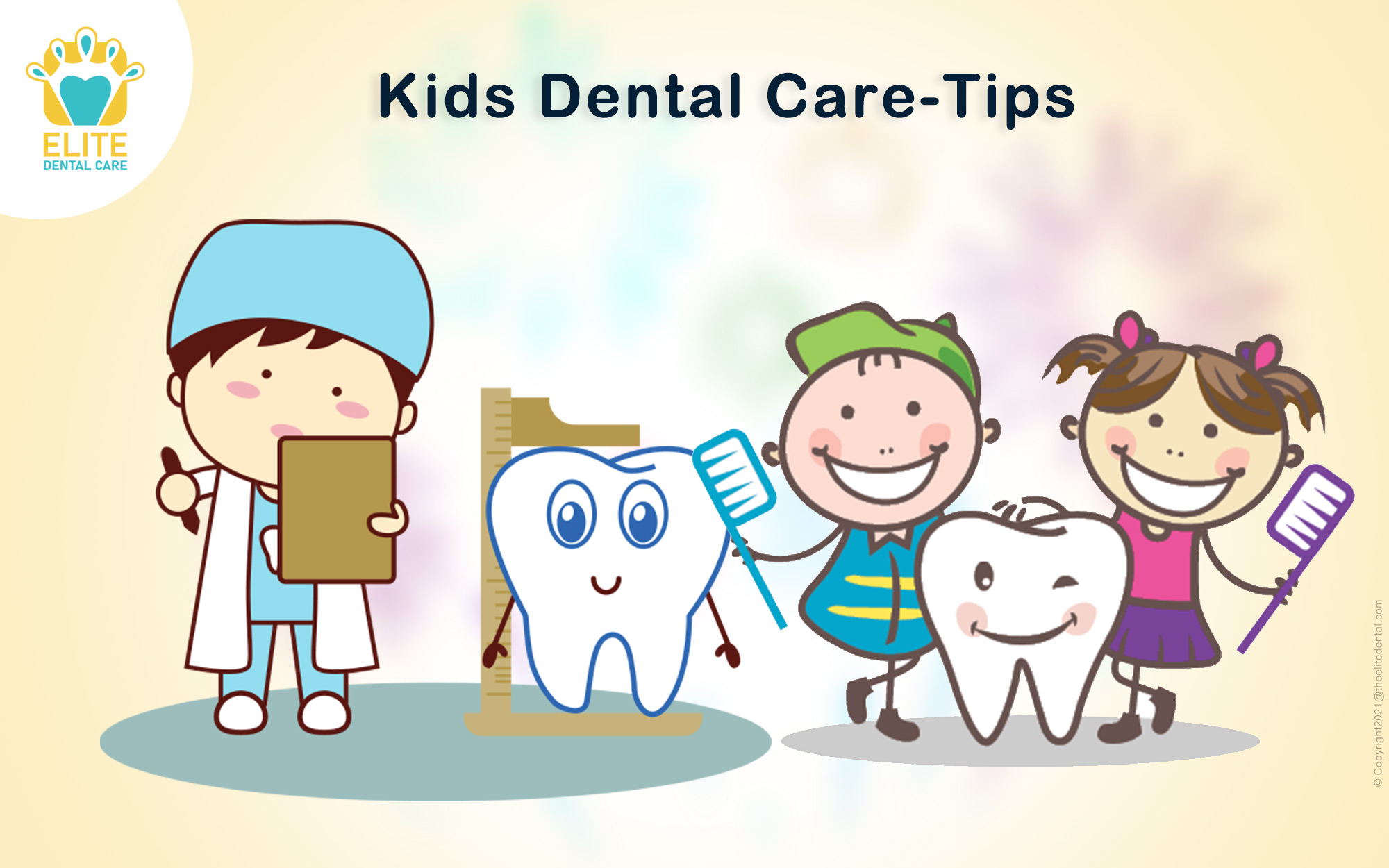
dental carehygiene tipsoral healthRoot Canal TreatmentTeeth WhiteningTooth Extraction
edental
1 February 2022
Kids Dental Care Tips
When is the best time to take your child to the dentist for the first time? Should you be flossing your three-year-old’s teeth? How can You determine whether your child requires braces?
Untreated dental disease impairs a child’s ability to eat properly, sleep well, and perform effectively at home and at school. The unattractive aspect of untreated tooth decay jeopardizes the child’s self-esteem and social development.
Many parents struggle to assess how much dental care their children require. They understand the need for cavity prevention, but they aren’t always sure how to go about it. The ultimate goal is to maintain your children’s teeth cavity-free; after all, poor dental health has consequences that go beyond your money and their smiles. Here are some guidelines and pointers to consider.
Why Is Brushing Necessary for Children?
Brushing a child’s teeth is essential for a variety of reasons. Primary teeth maintain your child’s jaw straight, create room for adult teeth, and help children learn to chew, smile, and communicate. Having good teeth can also boost their confidence and engagement in school and other activities. Establishing strong oral health practices at a young age will assist to establish lifelong behaviors.
If your child’s teeth deteriorate and must be extracted, other teeth may shift, restricting room for adult teeth to emerge. If their bad dental habits persist, their adult teeth are far more prone to deteriorate.
When Should Children Begin Proper Oral Hygiene?
Many parents wonder, “When should I start brushing and flossing my child’s teeth?” A decent rule of thumb is to begin flossing as soon as the child’s teeth come into contact with each other, which is normally around the age of two to three years. When teeth reach this stage, food particles can become trapped between them, promoting the bacterial growth and the formation of plaque. At this age, not all children need to have their teeth flossed, so see your dentist.
How to Keep Your Child’s Teeth Healthy
Sadly, many of the negative impacts of a bad smile last long into childhood, so today in this article we are going to provide some recommendations for keeping kids’ teeth healthy?
Set a good example– Kids prefer to copy people around them, so be a positive role model for them by practicing healthy oral health behaviors. Brush and floss with your children rather than leaving them alone in the bathroom. Make it a part of your regular routine rather than a nuisance.
Teach it to them– Show children under the age of three how to use a rice-sized quantity of toothpaste. Once children understand how to spit the paste rather than consume it, they can use a pea-sized quantity. When their teeth have grown close enough to touch, children can floss and rinse with mouthwash on a daily basis.
Maintain your dental visits– Maintain a consistent schedule of seeing the dentist twice a year, and include your children in the process. By maintaining your appointments, you make it a habit, and they will surely follow. Your child should have their first dental appointment between 6 months after the eruption of their first tooth or their first birthday, whichever comes first, and then every year after that.
Talk– Discuss with your children what they may expect at the dentist. Discuss any issues you have with your dentist at their dental visit, such as crowding, thumb sucking, tooth loss, mouth guards, and anything else that worries you.
Consume nutritious foods– Avoiding sugary drinks and meals not only improves general health, but it may also spark a conversation about cavities. Allowing sugar to stay on your teeth can cause decay, and we all want healthy, strong teeth to enjoy the things we like.
Brush– Brushing your teeth twice a day for at least 2 minutes is advised, although it is not always possible. Set a timer and, if necessary, apply a plaque dye to ensure that all tooth areas are covered and that brushing has lasted long enough to be efficient in removing plaque. There are apps that make brushing and caring for your teeth enjoyable.
Think about sealants– Talk to your dentist about getting your child’s teeth sealed for healthy youngsters teeth. Sealants can aid in the prevention of cavities and the subsequent fillings.
Use of Rewards– Allow children to pick their own toothbrush (within limits), and try using a target sheet to track their progress toward a goal that proceeds to a reward, such as going to the movies or shopping at a toy store.
Don’t spread germs– Don’t share or let others share utensils, sippy cups, bottles, pacifiers, or other objects with your children. Bacteria in our mouth may be carried on to each other, which is not healthy. To avoid bacterial illnesses such as thrush, sterilize any items that may come into contact with your baby’s mouth.
Infants’ Oral Hygiene
Babies are born with all of their teeth; however you can’t see them since they’re concealed under the gums. After 6 months, baby teeth begin to burst through the gums, but it is critical to begin basic dental care for newborns even before the first tooth appears. Healthy teeth begin with healthy gums.
After feeding, use a soft washcloth to wipe your baby’s gums. This aids in the removal of microorganisms that might cause tooth decay.
To avoid infant bottle tooth decay, remove the bottle once your kid has finished drinking. When newborns consume milk, formula, or juice from bottles for long stretches of time or drift off to sleep with the bottle, they might develop tooth decay.
Preteens’ Oral Hygiene
As preteens become increasingly self-conscious about their looks, it might be beneficial to remind them that proper dental hygiene can make them look and feel better.
Encourage your child to brush twice a day for two minutes using fluoride toothpaste, which not only prevents cavities and strengthens teeth, but also provides older children the confidence of having fresh breath. Brushing with a power toothbrush may make brushing more enjoyable for preteens.
Flossing is critical at this stage since the majority of permanent teeth have emerged, and brushing between them will help prevent cavities and keep their breath fresh.
Encourage kids who participate in sports to use mouth guards to protect their teeth from injury.
